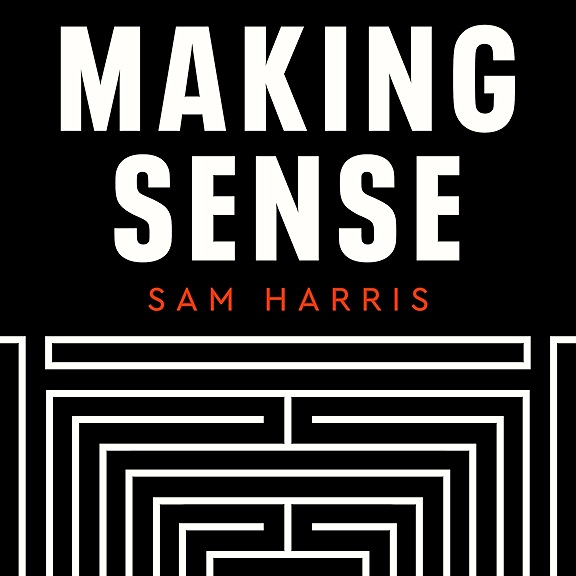
Accessible Birding, Human Water Consumption, Road Salt Impacts, Terraformers Book. Jan 27, 2023, Part 2
Meet The Blind Birder Reimagining Accessibility In The Outdoors
For many blind and low vision people, accessing outdoor spaces like parks can be challenging. Trails are often unsafe or difficult to navigate, signs don’t usually have Braille, guides generally aren’t trained to help disabled visitors, and so on.
But nature recordist Juan Pablo Culasso, based in Bogata, Colombia, is changing that. He’s designed a system of fully accessible trails in the cloud forests of southwest Colombia that are specifically tailored to help visually disabled people connect with nature. The trails are the first of their kind in the Americas, and Culasso drew on his own experiences as a blind person and a professional birder to design the system.
He talks with Maddie Sofia about how he designed the trail system and takes listeners on an adventure through the cloud forest he works in.
How Many Glasses Of Water A Day Do You Actually Need?If you follow health or fitness influencers, at some point you’ve probably heard something about people needing six to eight ounces glasses of water a day to be healthy. The question of the right amount of water needed for health and happiness is still an open one, and varies from person to person. But a recent study in the journal Science looked at just how much water people actually do consume each day.
The study didn’t just ask people how many sips they had taken. Instead, it tracked the amount of water that flowed through the bodies of over 5,000 people around the world, using labeled isotopes to get data on “water turnover”—how much water was consumed and excreted. The researchers found a large range of water use, driven in part by differences in body size and socioeconomic status. A small, not very active woman might drink less than two liters per day, while a large, very active woman might gulp almost eight liters a day, a four-fold difference.
Dr. Dale Schoeller, a professor emeritus in the Department of Nutritional Sciences and the Biotechnology Institute at the University of Wisconsin, Madison, joins SciFri producer Kathleen Davis to talk about the study, the importance of water consumption, and how people can do better at estimating the amount of water they need.
Road Salt Is Washing Into The Mississippi River…And It’s Not Washing OutThis winter has already brought significant snowfall to much of the U.S. Historically, more snow has meant more road salt. It’s an effective way to clear roads — but also brings cascading environmental impacts as it washes into rivers and streams.
But amid one powerful winter storm that walloped the Midwest in December, employees from the La Crosse County Facilities Department did something a little different.
As usual, they clocked into work well before dawn to plow the county’s downtown parking lots. They were followed by facilities director Ryan Westphal, who walked each of the lots, checking for slick spots. Finding none, he didn’t lay any salt down on top.
That’s a major departure from how he would have handled the situation a few years ago – before their department made the decision to dramatically cut back on salt use to prevent it from flowing into waters like the nearby Mississippi River, which new data show has been growing saltier for decades.
Under the previous protocol, in Westphal’s words, his crew would have “salted the crap” out of the lots after a snowfall like this, without giving deference to whether they actually needed it. Today, there’s a careful calculation after each time it snows to ensure they’re using just the right amount of salt.
To read the rest, visit www.sciencefriday.com.
In ‘The Terraformers,’ Science Fiction Reveals Real-World ChallengesIn her novel The Terraformers, author Annalee Newitz takes readers thousands of years into the future to a far-away planet that’s under construction. It’s in the process of being terraformed, or transformed into a more Earth-like world that can support human life.
The main character Destry, a ranger for the Environmental Rescue Team, and her partner, Whistle the flying moose, are working on the corporate-owned planet when they encounter an underground society. The Terraformers explores themes of resilience, colonization, conservation, equity, and capitalism through a sci-fi lens as Newitz invites readers to reimagine a new future.
Guest host Maddie Sofia talks Newitz about the inspiration behind the book and how real-world problems made their way into sci-fi.
Transcripts for each segment will be available the week after the show airs on sciencefriday.com.
Subscribe to this podcast. Plus, to stay updated on all things science, sign up for Science Friday's newsletters.



















